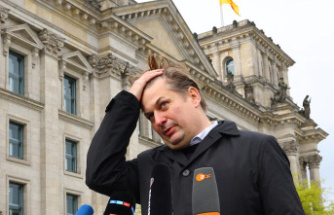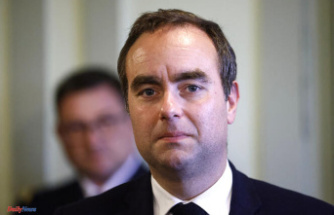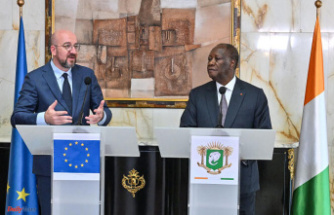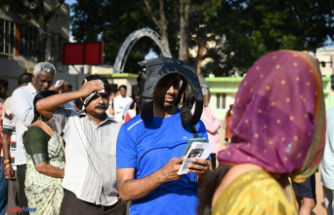Instagram is looking for new ways to help teenagers verify their age and adhere to platform rules.
Meta-owned app is currently testing video selfies using facial analysis software to verify age.
Instagram users try to circumvent the 13+ age limit by changing their birth date to appear over 18.
However, US teens who attempt this will be offered three options to verify their age: upload an ID, ask three adults to vouch on them, or take a selfie.
Meta hopes that the new methods will provide teens with an "age-appropriate" experience on Instagram.
This tech giant has been criticised in the past for its child safety and teen safety policies.
In response to Frances Haugen's leaks, several US states investigated Instagram last year for children's experiences using the photo-sharing app.
Will Gardner OBE, Chief Executive of Childnet, and Director of the UK Safer Internet Centre says that the trial is encouraging. "The potential exists to help protect children against content which isn’t for them and make their Internet experience more age-appropriate," Gardner said.
5Rights Foundation in the UK, which advocates for digital safety of children, said such efforts were "long overdue".
Platforms need to "leave behind 'don’t look don’t see' mentality that has resulted in millions of children being at risk," 5Rights states. "Simply knowing your users' age is not enough."
This month, parents and guardians of teens using Instagram were provided additional tools to monitor their child's use.
You can now view the details and set time limits for your child's reports on the platform.
If they are repeatedly scrolling through the same content on Instagram's Explore page, teens will be "nudged to" look at other content. They will also be encouraged to "take breaks" from scrolling.
Online banking apps and digital platforms have made video selfies a popular way to verify identity or age.
Instagram uses video selfies to verify identity in case account holders are locked out.
Meta has partnered up with Yoti in the UK, which provides digital identification services. Their technology uses facial analysis to determine age.
Yoti claims that its algorithm, which is based on anonyme people's facial pictures and their date-of-birth, can not individually identify users or any other information about them except their age.
The company's May white paper stated that the technology is accurate for 6- to 12-year-olds, with an error range between 1.36 and 1.52 years, respectively. For 13- to 19-year olds, it has an error range between 1.52 and 1.36 years.
Meta claims that both companies will remove the image after a user has confirmed their age.
Social vouching lets users ask three of their friends to verify their age. The users being asked to confirm their age must be at least 18 years old. They cannot vouch for other users.
Professor in digital media and society at Sheffield University, Dr Ysabel Gerrard says Instagram's new age verification methods are a welcome change to asking users for ID.
She says that relying solely on age verification tools to protect young people online is a mistake. It can be easy to forget why they are trying to create adult accounts.
Dr Gerrard states that many of these users are 18 and not using Instagram to view or do anything wrong.
"Being technically registered as an Adult makes them feel secure because they don’t believe they will be targeted."
Dr Gerrard is more concerned about the new verification mechanisms for Instagram. These raise questions about how children can feel safe using social media platforms.
"Pretending that you are an adult is one of them. We can't pretend that it isn't happening.












